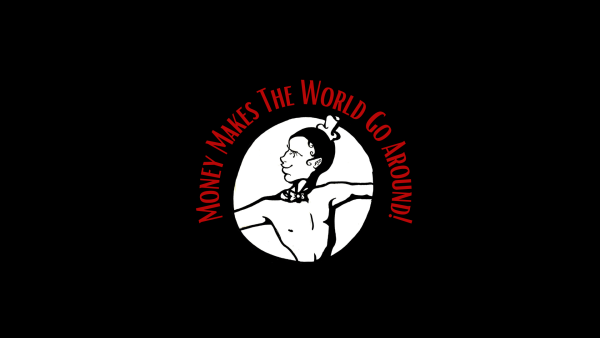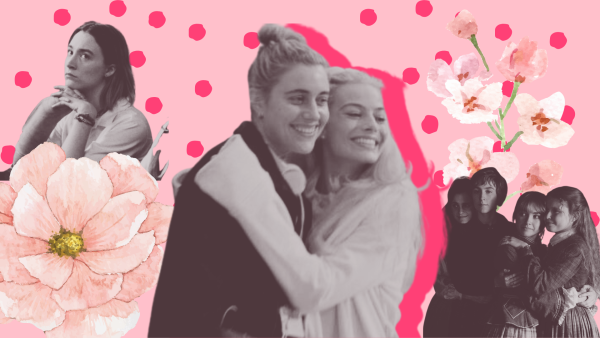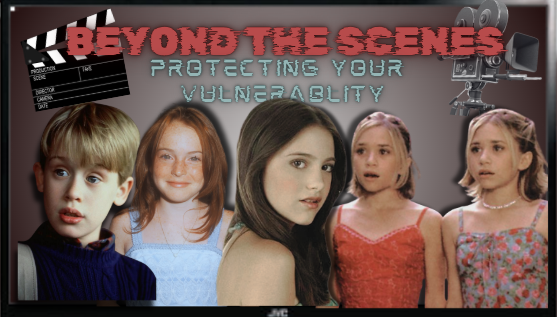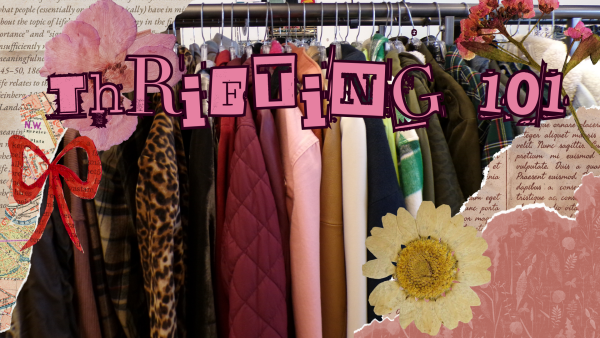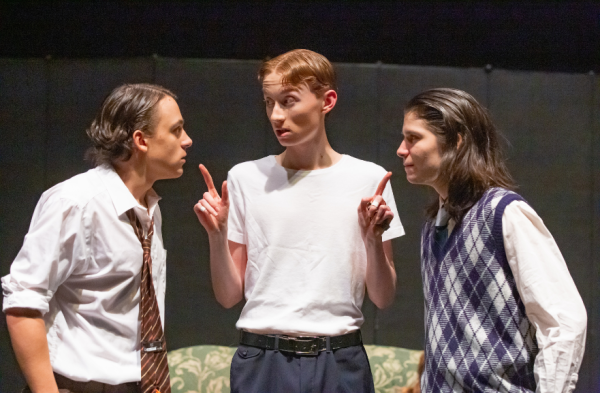The Teenager in Relation to the Teen TV Show
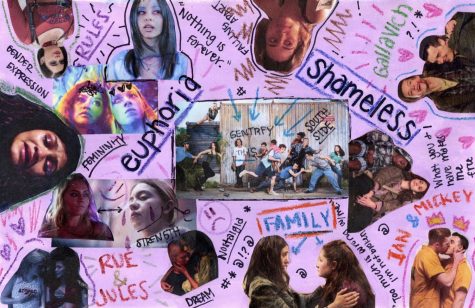
Picture this: you’re laying in your bed on a Friday night, dead-tired from the preceding week’s worth of school, and you want an activity to fill your brain with comforting escapism ideals. You’re riding on that “it’s finally the weekend” high, cocooned in the blankets on your bed, completely enthralled with anything and everything occurring on the screen before you. Your brain releases serotonin as characters experience happiness, and your heart rate speeds up when the show gets intense. You feel like you’re part of the show, like you’re part of these characters’ lives, but you’re not. How many times have you binged a whole television show in your room in a day — staying up until the sun rises the next morning, so encapsulated by the newest episode, the latest season, you’d hardly noticed as the hours ticked by? My guess is that you’ve done it a lot; maybe not to this extreme, but teens are naturally drawn to entertainment, often turning to TV shows to fulfill imaginative fantasies and mind-numbing pipe dreams.
People, in general, find so much joy in watching other people live out exciting lives vastly different from their own oftentimes because it seems so far out of reality’s realm (even if the show is depicting teenagers that are supposed to be realistic). As teens that actually live in Orange County, most of us cannot say we relate to a lot of what happens in the early 2000s teen dramedy, The OC, with their overly extravagant lives and intense relationship drama. The only character dilemma of theirs we might relate to is the choice between hanging out at Fashion Island or South Coast Plaza, Clearly, it’s not a very realistic show. It doesn’t bother its viewers though, and we continue to watch; we continue to feel like we know the characters as though we’re their friends.
In recent years, the teen TV show is becoming more realistic, tackling more real-life issues, inclusivity, and diversity. Shows like Euphoria and Shameless are all the rage currently as these shows dissect the issues that aren’t talked about and represent the underrepresented. I do not claim that the television shows of today are as accurate or “perfect” as they can be, but we’re getting there, and we’re making some important steps toward this goal. This newfound teen obsession with “accurate” television shows is becoming so prevalent, it begs the question, what are these shows doing right and wrong?
Let’s talk about it.
In order to achieve numerous responses to the same questions from literally any teenager willing to answer, I posed a few questions via my Instagram story where I got to find out some peoples’ favorite television shows. I also asked which shows they felt were most diverse, politically correct, and “accurate,” which shows try to achieve this accuracy but miss the mark, and what they liked most about these shows. In many cases, the favorite TV show identified was the same as the show they felt was most accurate and inclusive. For Sarah Hart, an HBHS junior, this was exactly the case. She identified “Euphoria and Betty” as her favorite shows that were also the most accurate and inclusive. “I like the representation and the accuracy of what being a teenager is like,” Hart said in regards to why her favorite shows were her favorites. Sophia Cardenas, another junior at HBHS, identified that her favorite TV shows today were her favorites because they “show real world problems and POC/LGBTQIA+ representation.” The other answers to my questions most often trended in the same fashion, which says a lot about what teenagers are into today: we want to be able to see real people on the screen, not someone else’s skewed, romanticized, and dramatized interpretation of what high school culture is like.
While television shows haven’t always been so politically accurate and diverse, some television shows try their best to do this, but they definitely miss the mark. For one, on a small scale, rarely ever are teenagers risking their lives on the daily or saving their love interest from mortal danger once a month. Some teenagers aren’t even allowed to be out of their houses past a certain time. The amount of drama and trauma displayed in teen television is not the norm for “regular” teens, especially those of us living in or around Huntington Beach. Ten years ago, a character coming out (or being outed) as gay was an entire scandal; the whole cast of characters would completely lose their minds, whereas today, gay characters are headlining shows. Sometimes, when a television show sets out to be progressive, they go a bit too far, missing the “progressive” mark altogether. Often, these shows make mistakes like romanticizing mental illness or using stereotypes of minorities for representation. While they have the right spirit, they are not entirely helping the cause for inclusive television shows. Out of all of those interviewed, most identified Riverdale and Glee as the shows that miss that mark they seem to be striving for. Santana Vespe, a senior at HBHS said, “Riverdale [misses the mark]. They always try so hard, but [their efforts] always feel so forced.” Jazmine Benson, another HBHS senior agreed with this, stating, “Riverdale, for sure. I mean, one black person in the whole series?” A few people recognized 13 Reasons Why as a poor example of a diverse and accurate television show, hinting primarily at the romanticization of Hannah Baker’s mental illness and suicide, overall drug usage, and over-the-top inaccurate portrayal of the “normal” high school experience. However, some people recognize artistry behind the show, like Julia Chie, a HBHS senior, who said, “I think a lot of people would say 13 Reasons [Why], but I disagree. Maybe Riverdale [for a show that misses the mark] or something.”
There has been a drastic shift in representation and diversity, as well as true-to-real-life storylines in recent years. Shows are now making a conscious effort to talk about important issues or social topics in the world that are most often ignored or overlooked. Gay characters are now becoming the leads of shows, rather than funny, stereotyped, sidekicks. Transgender characters are beginning to be recognized and normalized in media as well as non-white main characters and leads. Issues like mental illness, abortion, body shaming, substance abuse, poverty, and violence (whether that be domestic violence or violence against genders, races, sexualities, etc.) are finally being acknowledged and explored. Many of those interviewed recognized Euphoria and Shameless as shining examples of this “model” of television shows that cover issues like these extensively. These shows do not shy away from taboo subjects and controversial issues, and a majority of those I interviewed love these shows for exactly that reason.
I would like to recognize that television is making leaps and bounds toward the “perfect” show, but we are far off from having the most accurate and inclusive show to watch. We can and will keep striving toward that equality and diversity in TV. Television watchers want to be able to see themselves on the screen to connect to the characters more completely. Gay relationships should be included more frequently, nonbinary characters deserve to be showcased, and racial diversity should be more common within TV casts. Shows of the past should not be shunned or looked down upon in a malicious manner, but we, as a society, should be very aware of the discrepancies between television “then” and television “now.” We need to look toward the future and create and watch television where no one is left behind. Representation matters deeply, and it should not be seen as a small feat that different types of people and societal problems are now being highlighted and reflected in television. No one should feel like they are not seen or heard; everyone should be able to see themselves in what they are watching.
Your donation will support the student journalists of Huntington Beach High School. Your contribution will allow us to cover our annual website hosting costs.
Thank you for supporting our program!


